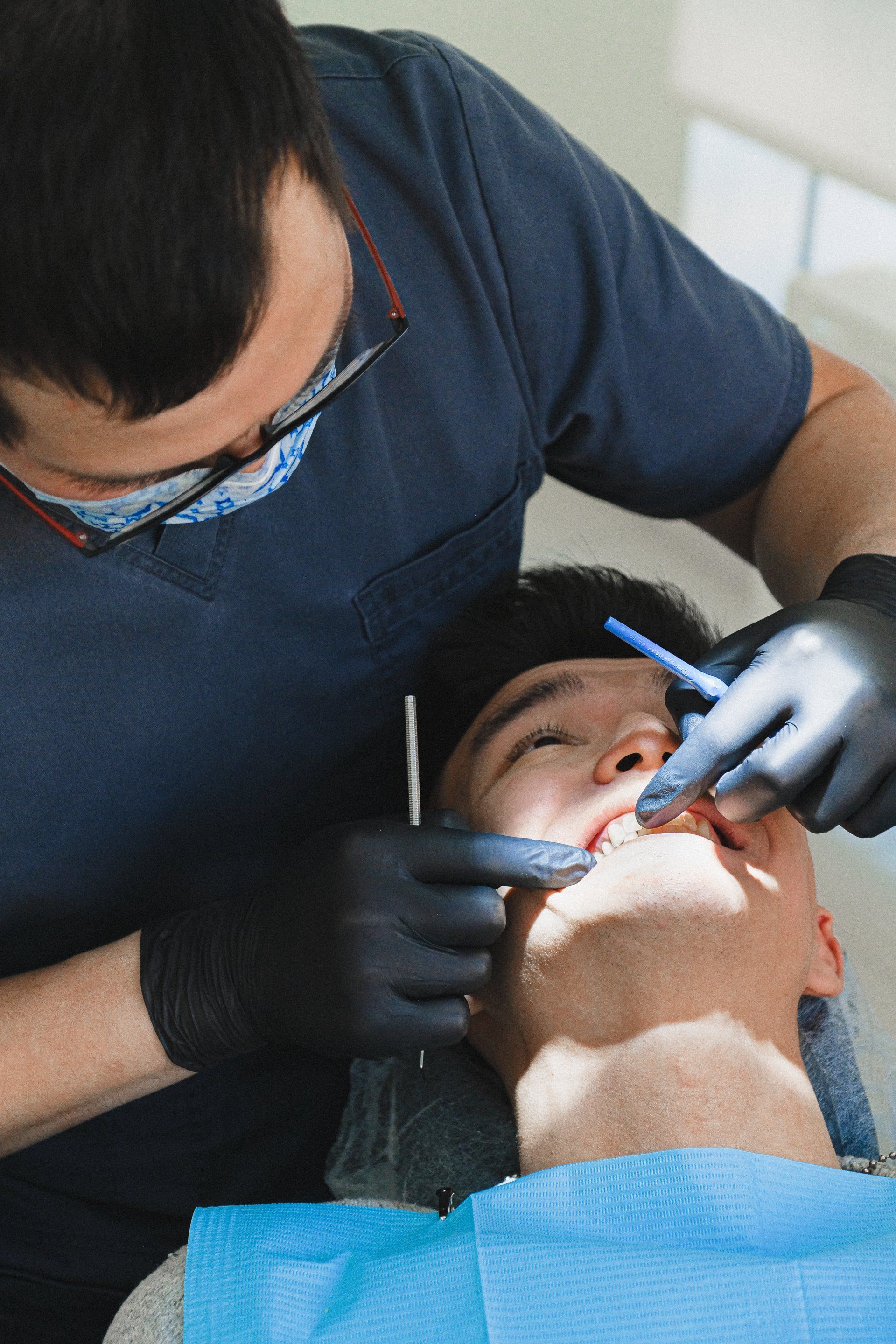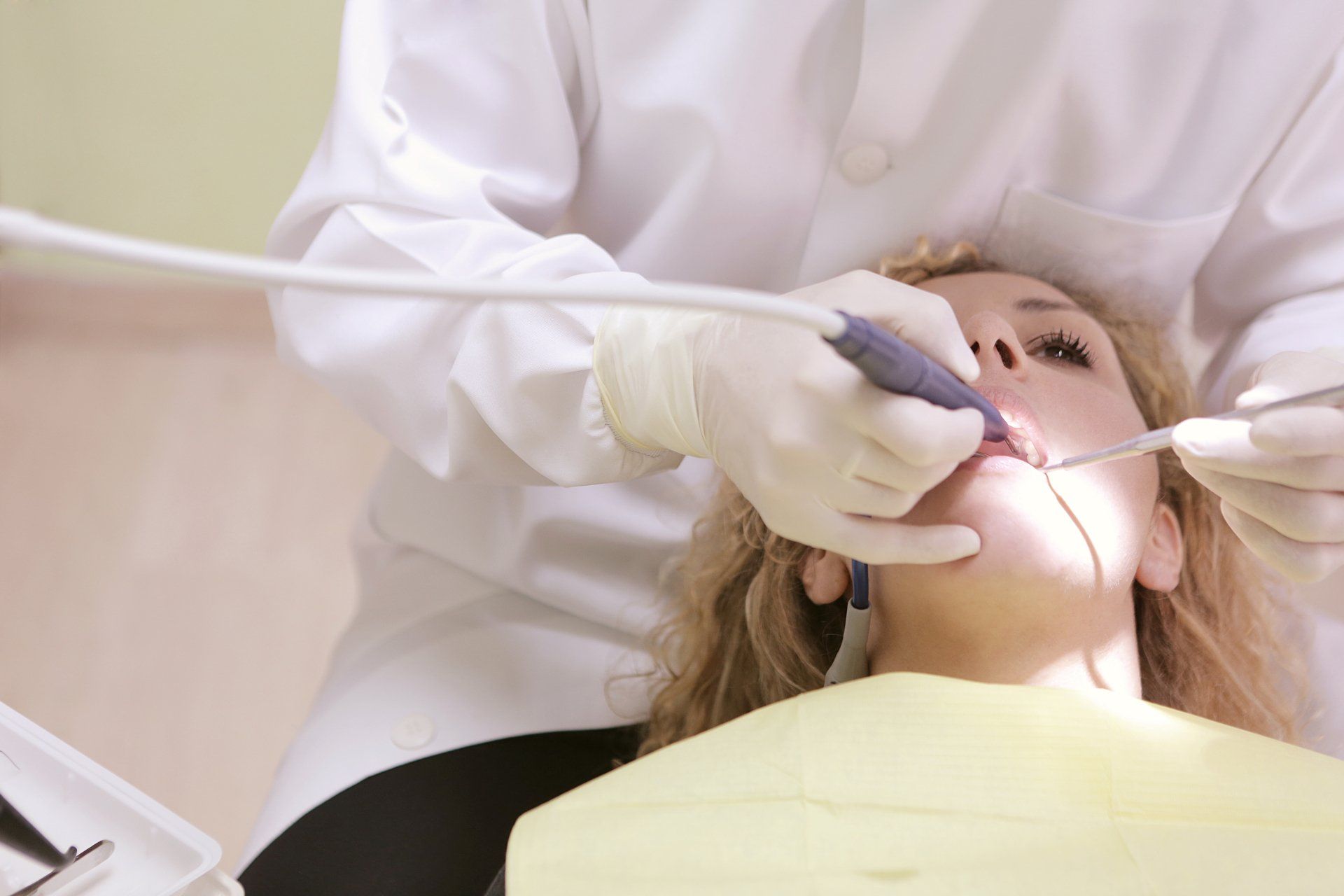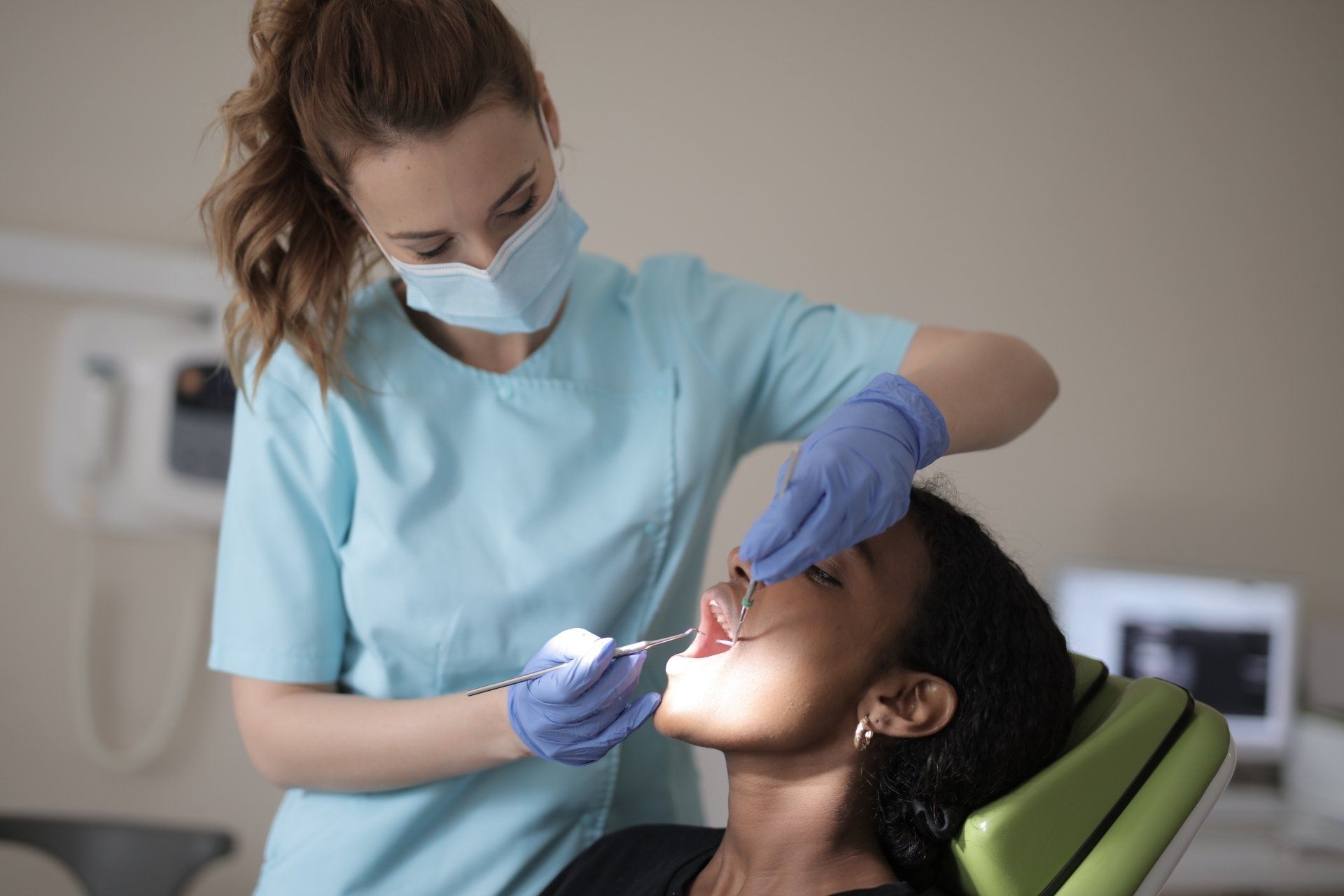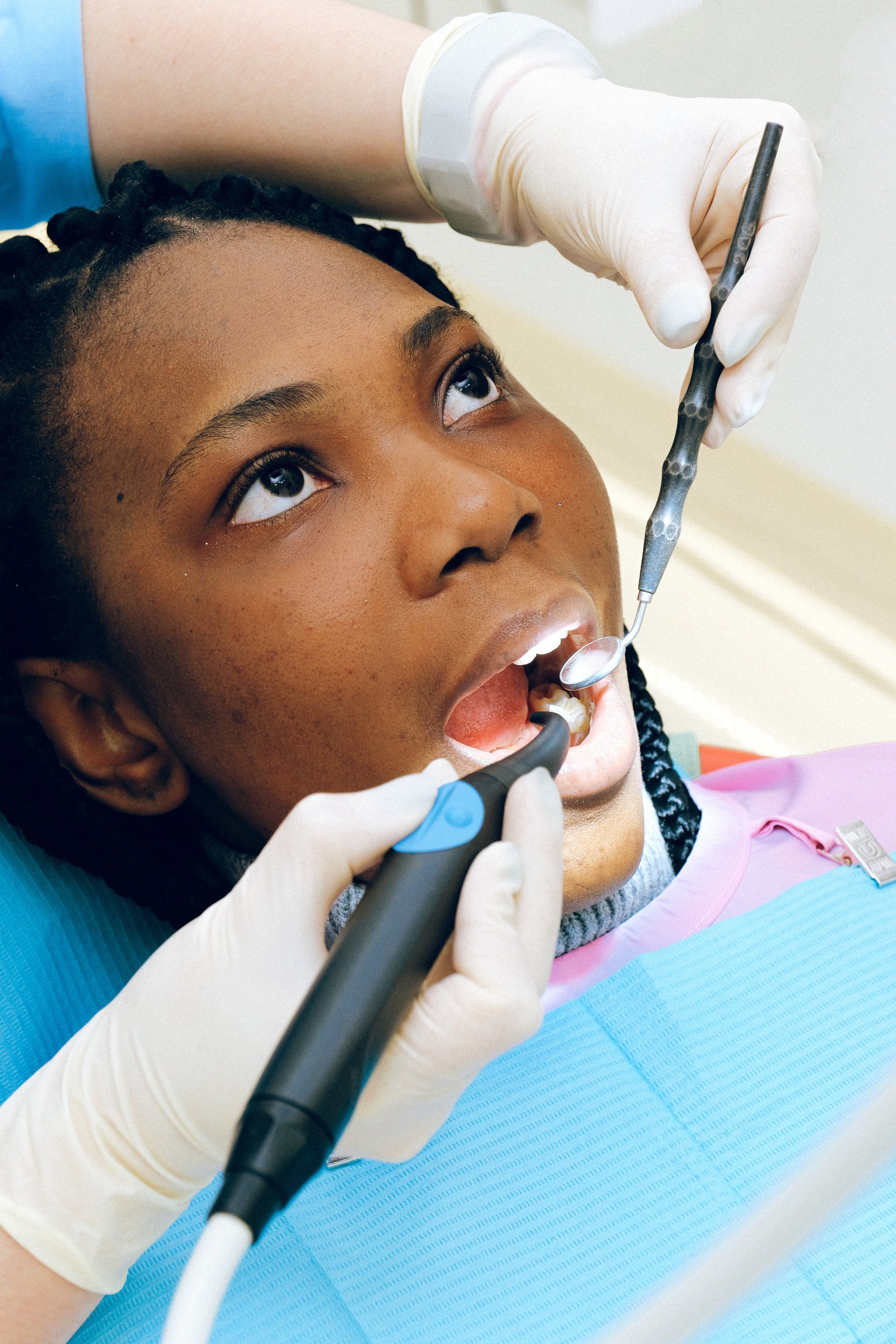2100 Louisiana Blvd NE, Suite 104, Albuquerque NM 87110
at Winrock Town Center
Telephone: (505) 883-4867
Blog Layout
Gum Disease
Gum disease begins when plaque builds up along and under your gum line. Plaque causes an infection that hurts the gum and bone that hold your teeth in place. A mild form of gum disease may make your gums red, tender, and more likely to bleed. This problem, called gingivitis, can often be fixed by brushing and flossing every day.
A more severe form of gum disease, called periodontitis, must be treated by a dentist. If not treated, this infection can lead to sore, bleeding gums, painful chewing problems, and even tooth loss.
To prevent gum disease:
- Brush your teeth twice a day with fluoride toothpaste.
- Floss regularly.
- Visit your dentist routinely for a checkup and cleaning. Tell the dentist about any medical conditions you have and medications you take.
- Eat a well-balanced diet.
- Quit smoking. Smoking increases your risk for gum disease.

By NIH News in Health
•
27 Jan, 2022
Gently brush your teeth on all sides with a soft-bristle brush and fluoride toothpaste. Use small circular motions and short back-and-forth strokes. Brush carefully and gently along your gum line. Lightly brush your tongue to help keep your mouth clean. Clean around your teeth with dental floss. Work the floss gently between the teeth until it reaches the gumline. Curve the floss into a C shape against one tooth and slide it into the space between the gum and the tooth. Move the floss up and down. Do this for both sides. If you have trouble flossing, a floss holder or other cleaning device may help. Rinse after you floss.
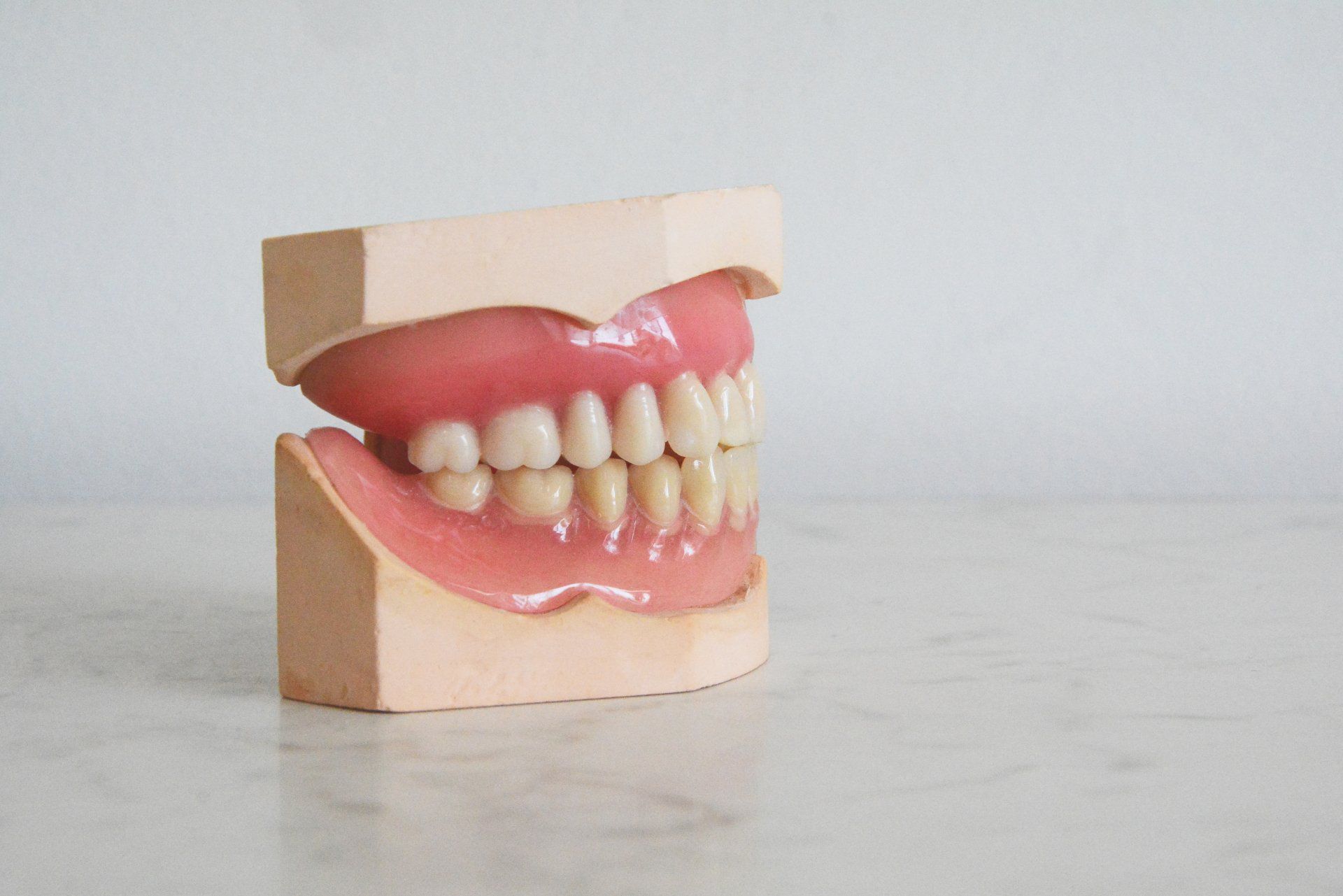
By NIH News in Health
•
27 Jan, 2022
Sometimes, false teeth (dentures) are needed to replace badly damaged teeth or teeth lost because of gum disease. Partial dentures may be used to fill in one or more missing teeth. Dentures may feel strange at first. In the beginning, your dentist may want to see you often to make sure the dentures fit. Over time, your gums will change shape, and your dentures may need to be adjusted or replaced. Be sure to let your dentist handle these adjustments. Be careful when wearing dentures because it may be harder for you to feel hot foods and drinks or notice bones in your food. When learning to eat with dentures, it may be easier if you: Start with soft, non-sticky food. Cut your food into small pieces. Chew slowly using both sides of your mouth. Keep your dentures clean and free from food that can cause stains or bad breath. Avoid small crunchy foods that can get trapped under the dentures and hurt your gums. Brush dentures every day with a denture-care product, and soak them in water or a denture-cleansing liquid at night. Be sure to leave them out of your mouth while you sleep to prevent swollen gums.
Find Us
2100 Louisiana Blvd NE, Suite 104
Albuquerque NM 87110
Office Hours
- Monday
- -
- Tuesday
- -
- Wednesday
- -
- Thursday
- -
- Friday
- Closed
- Saturday
- Closed
- Sunday
- Closed
2023 Uptown Park Dental Practice LLC. All rights reserved. Dentist Albuquerque New Mexico

